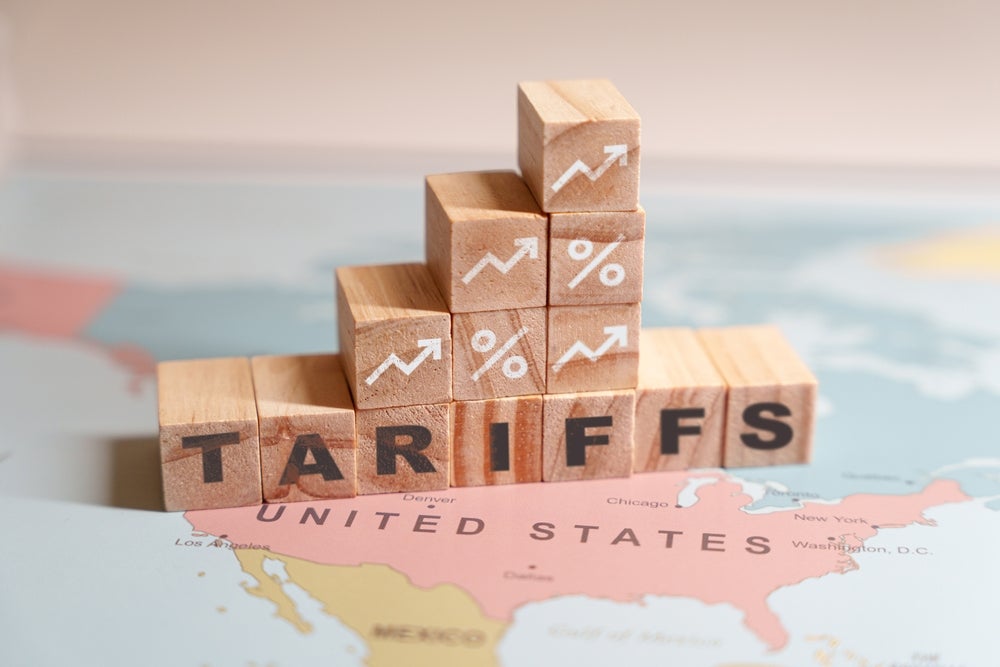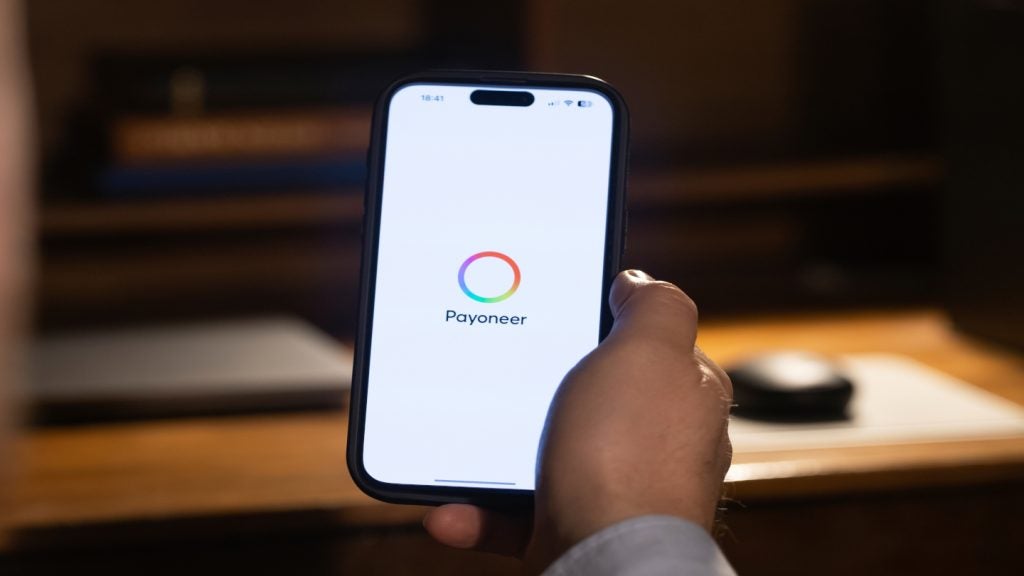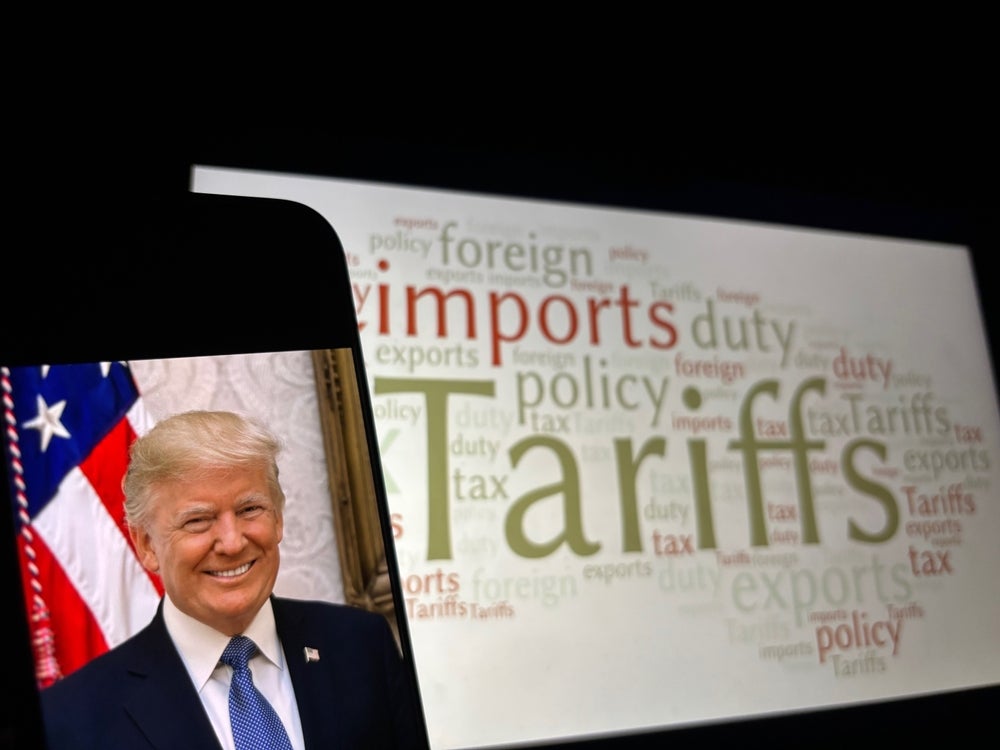The 10% baseline tariff on imports from all countries and the reciprocal tariffs aimed at 60 countries with large trade surplus announced by President Trump last week have so far sent off a tsunami across the global financial markets. The shockwave has yet to reach the payment industry, but this global tariff world war will have multifaced implications, including reduced revenues for payment providers.
Increases in the cost of imported goods will certainly drive prices higher and reduce disposable income. Higher prices for international items such as electronics, apparel, and basic household items will dampen consumer buying power and depress retail activity, affecting payment providers reliant on consumer transactions.
Cross-border payments will also be affected as tariffs disrupt global supply chains, forcing companies to re-evaluate sourcing strategies. Payment providers facilitating cross-border transactions will face challenges due to shifts in business activities to counter the tariffs. For example, China’s 34% tariff on US goods (effective April 10) and the EU retaliation will disrupt exports, affecting cross-border payment platforms such as Wise or Payoneer that service global sellers.
In ecommerce, the elimination of the $800 ‘de minimis’ exemption for Chinese imports, effective May 2, means that even low-value orders will incur tariffs, raising costs for direct-to-consumer ecommerce and potentially reducing order volumes, which means fewer payment transaction fees for processors.
While tariffs pose challenges for all players in the economy, the main impact on the payments industry will be via inflation, depressing retail activity and cross-border ecommerce. As a result, both payment volumes and average transaction values will decline, ultimately hurting the revenues of card issuers, payment processors, networks, and acquirers, including any business segments involved in the payment industry.
Arnie Cho is a senior analyst, payments, at GlobalData plc








